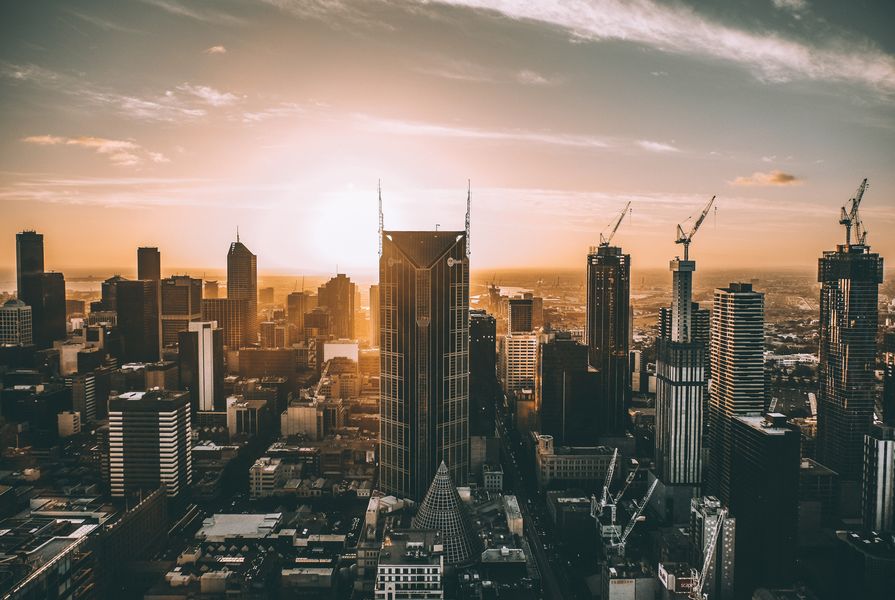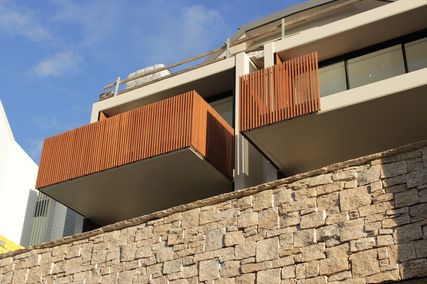In the long-running and often divisive arguments over climate change and energy in our country, there appears to be a collective blindspot among policymakers and politicians when it comes to talking about the demand side of the energy equation.
Nowhere is this blindspot more pronounced than in debate about the energy efficiency of the buildings that surround us. Despite the monumental gains that stand to be made by improving the energy efficiency of our built environment, energy cost and emissions reductions debates occur almost exclusively on the supply side of the equation. Coal-fired generators and gold-plated grids dominate the discussions. Yet buildings account for almost one quarter of all emissions in Australia and an even higher proportion of energy use.
What is the point of talking about energy generation when we routinely ignore how we use that energy? Yes, the supply side is fundamental but governments are remiss in failing to address demand.
The demand side of the equation generally rates a mention only during periods of high energy use when people are asked to turn off their airconditioners and other appliances to avoid a blackout.The question about why those airconditioners are needed in the first place is never asked. But it should be.
In March, we saw a welcome glimmer of attention fall on the vast energy efficiency opportunity presented by the built environment when the Australian Labor Party announced its new Australian Investment Guarantee policy. Should it form government, the Labor party would use this program to incentivize companies to invest in energy-saving plant and equipment by providing an immediate 20 percent tax deduction on eligible assets worth more than $20,000. This policy would have an application in the delivery of new buildings and the upgrade of existing ones. Importantly, it would provide an ongoing mechanism to reward energy efficiency in the built environment that is integrated into the existing tax system. This proposed policy is an encouraging step in the right direction, yet it only scratches the surface of what can be achieved.
A fulsome application of the current technology available would reduce the energy consumption of our buildings by 50 percent. Such a reduction would in turn take the pressure off generators and distribution networks, and alleviate costs for consumers at the end of the energy supply chain.
Through the application of good design, we can now create homes that are energy passive and truly sustainable. Orientation, natural ventilation and the incorporation of onsite renewable energy sources are but a handful of the many techniques applied in modern design and construction. But they are not applied uniformly.
Too many Australian homes continue to be built to a standard well below the level of energy performance and sustainability of which we are capable. They are creating a legacy of higher-cost and poorly performing building stock for generations to come. And upfront building costs are not the determining factor. Decades of innovation have pushed down the price of building sustainably and the cost-savings over the lifecycle of a structure are too great to be overlooked.
We need a step change in regulation to seriously make any reasonable impact on improving our building stock. Regulation is a form of coordinating the marketplace and when the marketplace moves as one, with shared buying power, savings inevitably follow. This is particularly the case for Australia, which imports so much of its building products. High-performance glass is just one example of where we have seen this scenario in action. Years ago we struggled to get double-glazed glass used in office towers, but changed regulation requiring its uniform use resulted in the cost of double glazing falling below that of single pane glass.
There is urgency in the need for these changes. The latest updates to the National Construction Code released earlier in 2018 do not include increased stringency measures for housing. This means the next opportunity to do so isn’t until 2022. When you put that in the context of Australia’s housing supply pipeline the consequences of inaction become clear.
Between now and the next scheduled update, some half a million new homes will be built. This is stock that will have a life cycle of between 50 and 100 years. And it’s stock that risks being built to a standard far lower than it should be – effectively building into the bricks and mortar higher costs to consumers that could have been avoided.
Recently released expert research from the Australian Sustainable Built Environment Council (ASBEC) and ClimateWorks Australia quantifies just how high those avoidable costs are. The report identifies immediate and cost-effective opportunities to improve energy efficiency requirements in the building code. It calculates that these improvements could individually deliver energy bill savings of up to $150 per year. And the emissions savings are no less impressive. The report finds that “implementing these opportunities across projected new buildings and renovations could deliver an estimated 10.8 million tonnes of cumulative emissions reductions to 2050, approximately equivalent to the annual emissions of the Loy Yang B coal power station and mine.” Equally the report highlights the cost of delay, which over just three years “could lock in an estimated $1.1 billion in wasted energy bills from these homes out to 2050, and 3 million tonnes of additional emissions.”
ASBEC’s work provides the evidentiary base for the position the Institute has been putting forward for well over a year now. Squandering the opportunity to ensure Australians have access to lower energy cost, more sustainable housing is senseless. We need to be building for the future today, not locking in a costly legacy for future generations.
















